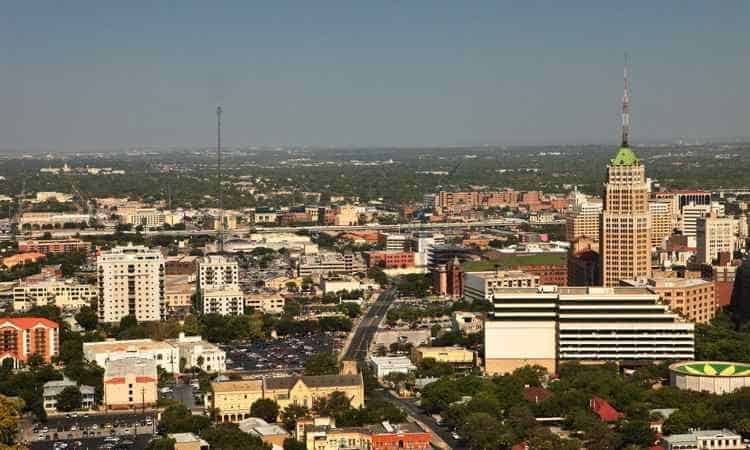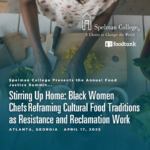The local sustainable food movement is alive and thriving in San Antonio, Texas. Food Tank presents ten urban agriculture projects in San Antonio that are leading the charge for a better food system.
1. The Children’s Hospital of San Antonio is currently planting an urban farm around First Children’s Hospital as part of a new program designed to educate children and residents about nutrition. The gardens will be adjacent to the Hospital Teaching Kitchen, which will offer nutrition cooking courses taught by the Culinary Institute of America. The vegetables and herbs grown in the gardens will be used in the teaching kitchen and dining area of the hospital.
2. Cielo Community Gardens is a joint project between Green Spaces Alliance South Texas and a number of religious organizations that provides a healthy gardening space for recent refugees. Through growing a variety of fruits and vegetables, refugees from all over the world are able to integrate into the community and find opportunities, while enjoying familiar produce from their international homes.
3. The Culinaria Urban Farm is just beginning, still accepting donations to start up the farm intended for “culinary and educational purposes.” Powered by solar energy, the farm will offer cooking, nutrition and education classes for all ages, while its harvest of fresh, local produce will sustain and bolster the diets of San Antonio residents.
4. The Gardens of St. Therese on the Westside began as an experiment in organic farming lessons for a group of 8th graders. Now, the Basilica’s garden has grown and an orchard added, yielding oranges, grapefruits, limes, lemons, olives and persimmons. The vegetables grown in the garden are made into salsa by the friars’ cook, who sells the “Holy Salsa” to the community.
5. Local Sprout is an urban farm on the Eastside of San Antonio which uses hydroponic methods to grow a year-round harvest of fresh fruits and vegetables. Produce is delivered to local restaurants within one hour of harvest, ensuring freshness and quality in the middle of the city.
6. The Pittman-Sullivan Community Garden not only provides a serene and natural space for the community to gather, but also a host of perennial crops cared for by local residents. The garden is also home to a water-catchment system capable of holding up to 2,400 gallons of water, invaluable for San Antonio’s excessively dry conditions.
7. The Roots of Change Organic Community Garden was launched by the Southwest Workers Union to provide Eastside inhabitants with access to fresh, organic produce. The garden is meant to address the lack of grocery stores in the community by growing organic crops and educating residents about local, alternative methods of growing.
8. The San Antonio Housing Authority Gardens are located at 11 housing complexes around the city, concentrated in areas with limited access to grocery stores. The Housing Authority, intending to make good use of empty space near its housing, now grows healthy produce to feed San Antonio residents. SAHA also grows on a 13-acre property called Sutton Oaks on the Eastside, which features raised beds for planting, fruit trees, berry bushes, and an extensive herb garden.
9. The Spurs Community Garden, created and maintained by the San Antonio Food Bank, features 12 large plots for growing vegetables and over 50 fruit trees. The Food Bank’s Nutrition Education Program uses an enclosed teaching garden for lessons on nutrition and urban sustainability.
10. Venture Labs, a youth entrepreneurship program, offers a course on Urban Farming for young aspiring farmers. The course teaches students how farming in arid regions is now possible with hydroponic technology, and gives them the background needed to start their own urban farm.













